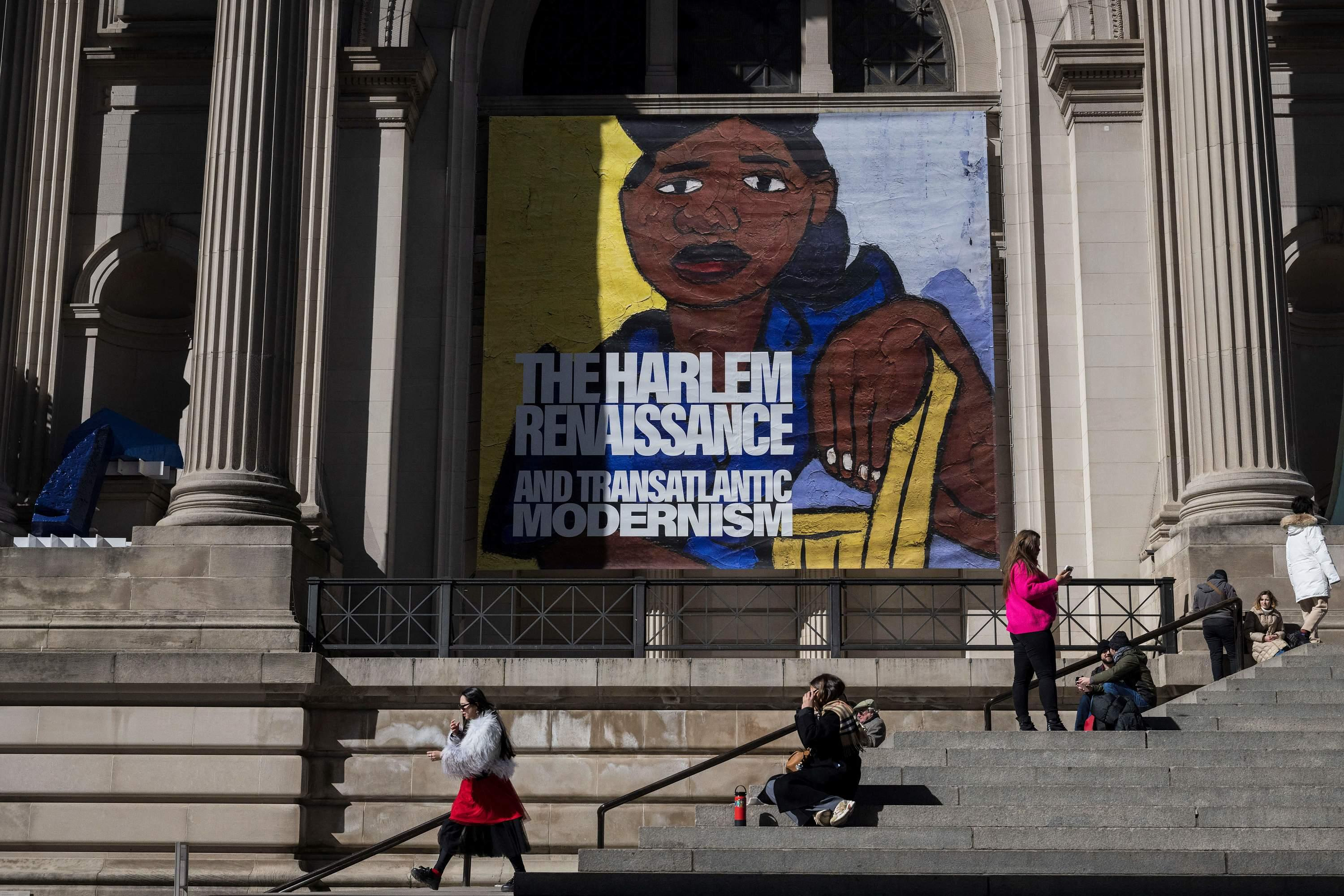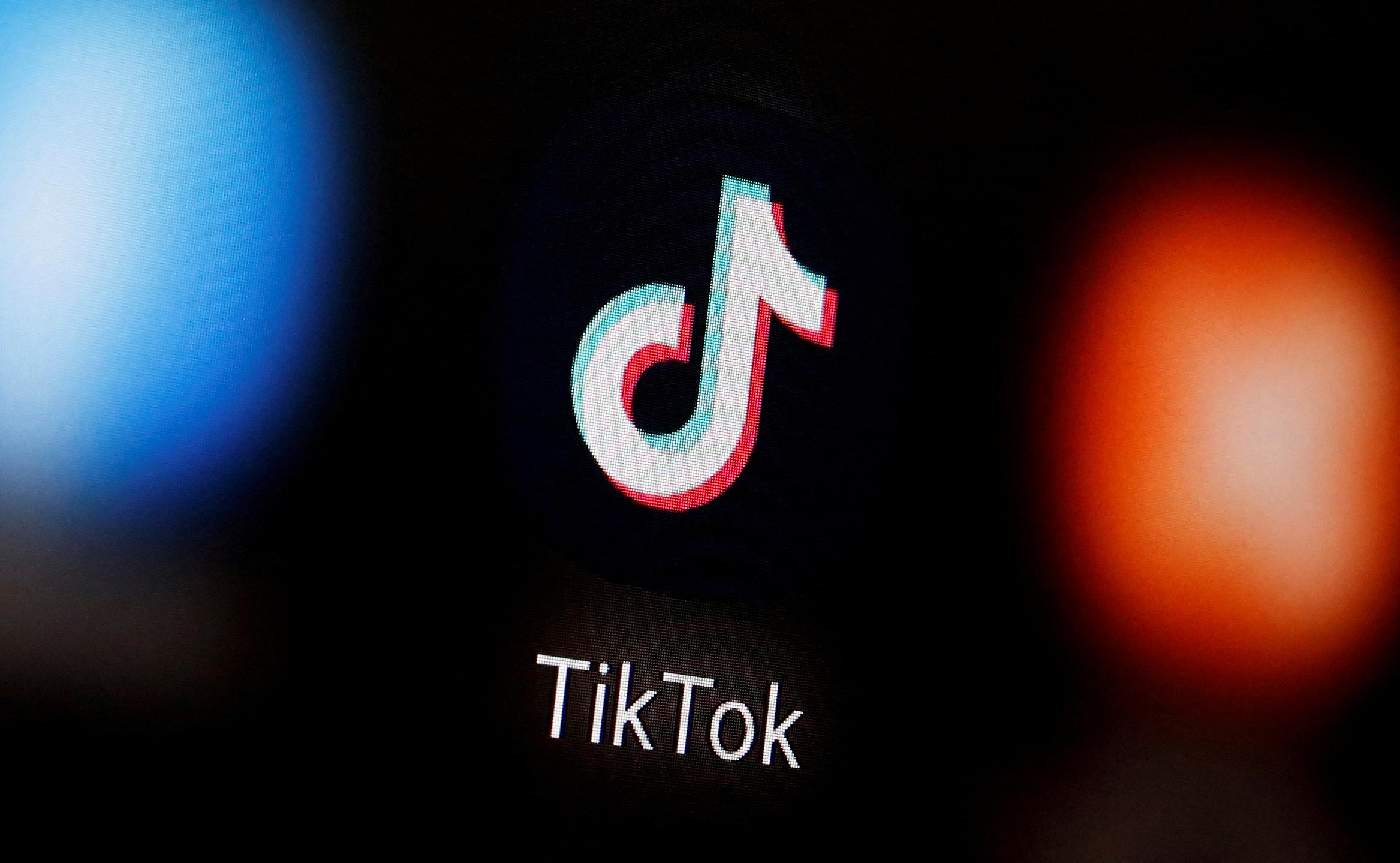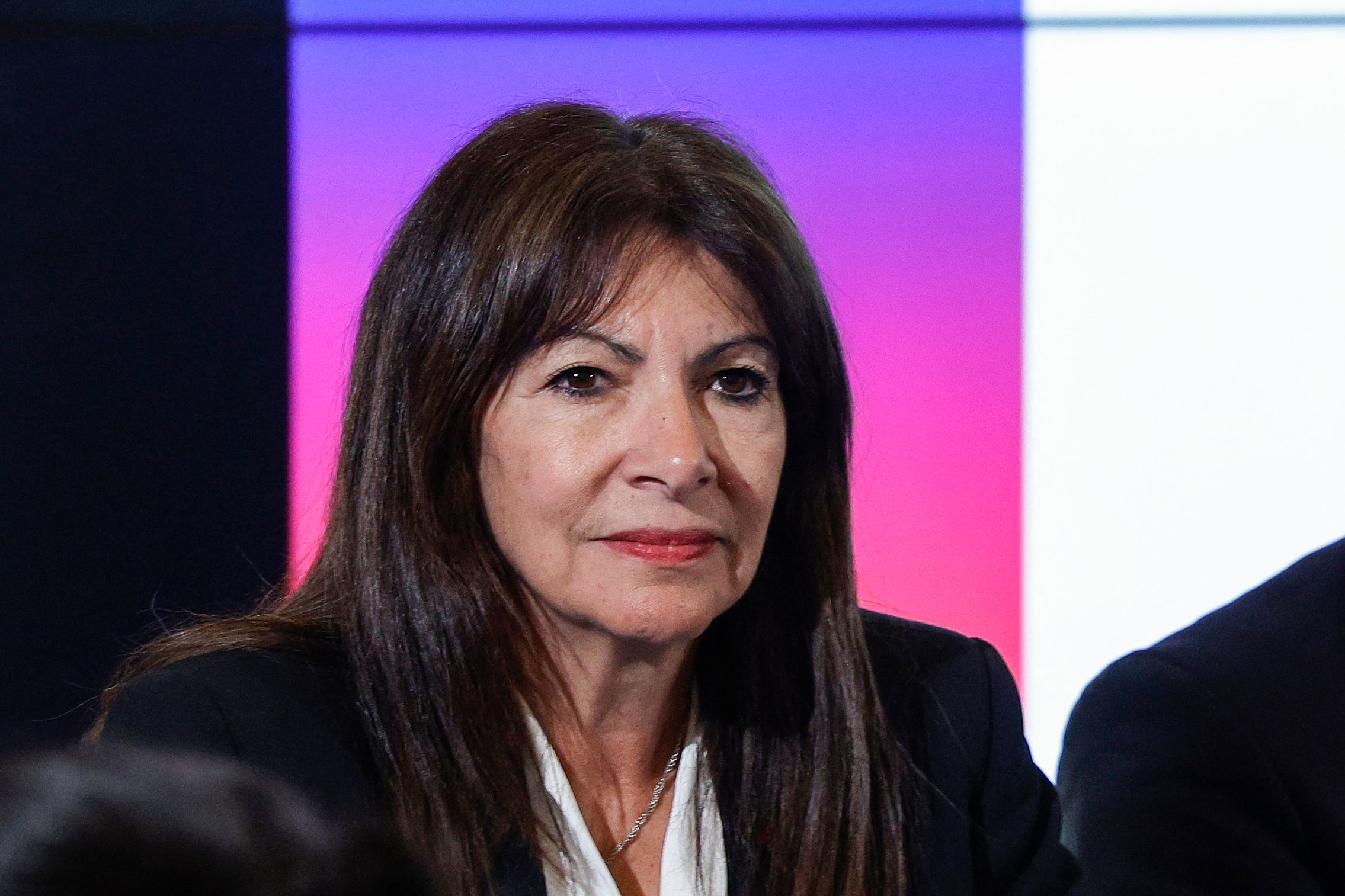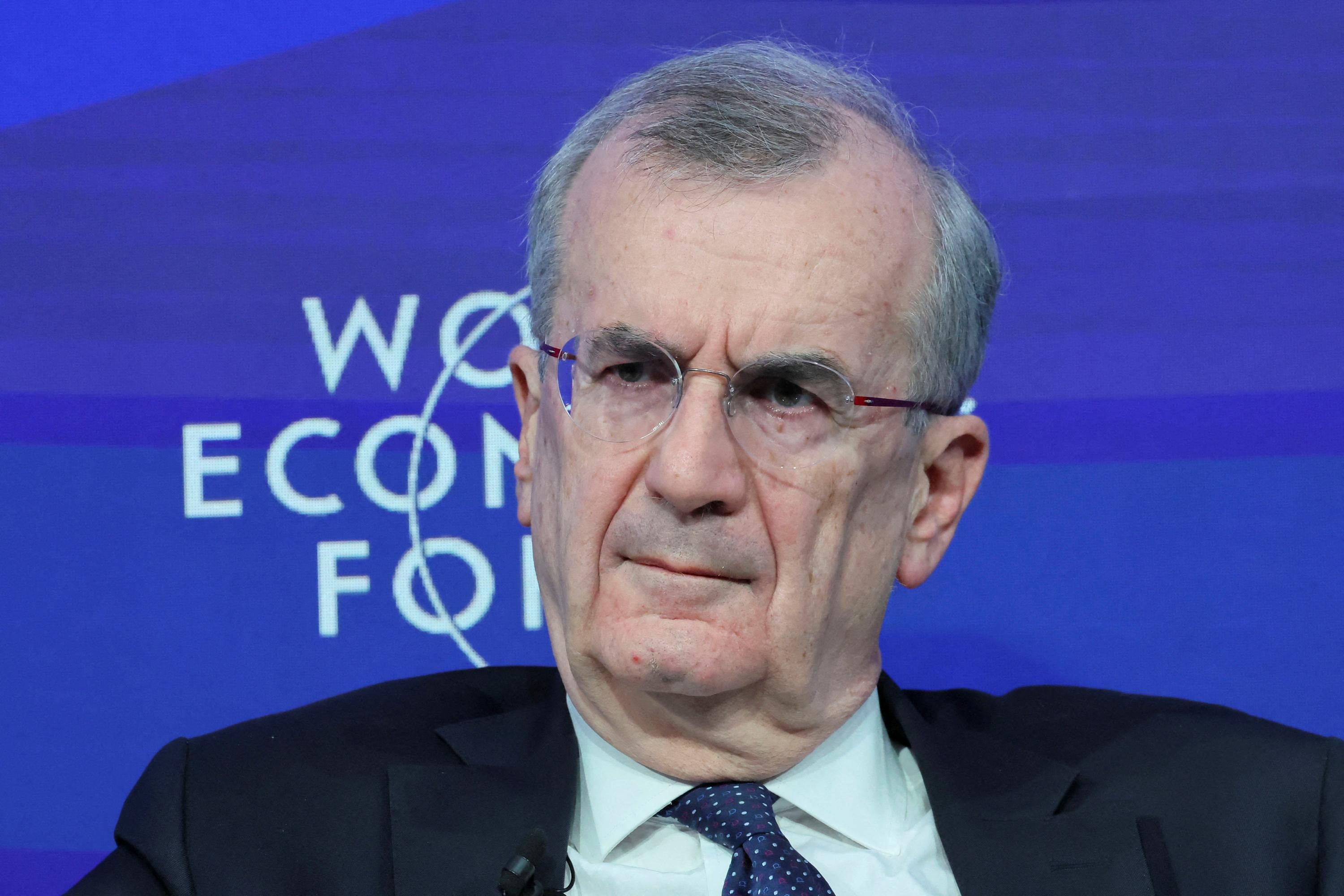The Metropolitan Museum of Art in New York wants to offer its millions of visitors an approach to works that is less “centered” on the West and turns more towards Africa and its 3,000 years of cultural history. Also a way for the fourth museum in the world in terms of attendance, behind the Louvre, the British Museum and the Vatican Museums, to attract more African-American and African diaspora audiences, acknowledges in an interview with AFP MET Director General Max Hollein.
The New York museum, backed since 1870 by Central Park on 5th Avenue in Manhattan, wishes to highlight its 4,000 African works (out of 1.5 million pieces in total) from more than 200 cultures over three millennia in nearly from 40 countries in sub-Saharan Africa today. After tens of millions of dollars of work, the MET will reopen its Michael C. Rockefeller wing in spring 2025, which since 1982 has hosted all the arts of Africa but also of Oceania and America before European colonizations.
This reopening takes place in a context of vigorous debate around the place of Africa in Western museums, several European countries having engaged in a long process of restitution of works of art looted during colonization. “We wanted a completely new architecture and scenography to exhibit African arts,” praises Max Hollein, a 54-year-old art historian, the first European to manage the most important museum in the United States (5.4 million visitors in 2023).
“By offering a much broader perspective” and open to Africa more than 40 years ago, “the Rockefeller wing had already marked a major evolution for this museum” founded and financed by patrons, businessmen and American collectors of works from Europe, America, Asia, the Middle East and even Greek and Roman Antiquity, recalls Max Hollein. Once renovated and redesigned, African galleries will take “a new turning point” in 2025, assures the boss of the MET. “We want to make sure that we no longer just have a Western-centric or Eurocentric perspective,” he says.
The New York museum has also launched cooperation with African countries: for example, it sealed an agreement at the end of 2023 with Nigerian museums to “facilitate the digitization and inventory” of their works. With the help of the countries concerned, the MET also organized in 2020 a grandiose exhibition on the arts of the Sahel empires in the Middle Ages (Ghana, Mali, Songhai and Ségou) and another more modest one which ended in March on a thousand years of influence of the Byzantine Empire on the arts of the Christians of Egypt, Tunisia, Ethiopia and Sudan. For Max Hollein, we should “no longer look at these objects simply because they influenced modern European art” or “find Maori sculptures fascinating because they fascinated French artists of the early 20th century”.
And in order to “become even more involved” in Africa and place the works in their local context, Max Hollein traveled to South Africa, Zimbabwe and Tanzania at the end of March to meet museum curators, historians and contemporary artists. . The boss of the MET had access to exceptional archaeological sites: Great Zimbabwe, the ruins of a medieval city in the south of this southern African country, and the Tanzanian island Kilwa Kisiwani, the remains of a Middle East city. -Age listed as a UNESCO world heritage site. Videos with new notices on these sites will be exhibited in the Rockefeller wing.
Eager like all American and European museums to rejuvenate and diversify the public, the MET is banking on the incredible multicultural mosaic that is New York. Particularly the historical African-American population descended from slavery. “African art is also the cultural heritage of African-Americans in the United States who do not represent a small community,” underlines Max Hollein, emphasizing their “deep ties” with Africa. “It is a huge responsibility for us not only to take care of (the works) but also to ensure that they are accessible in a multicultural city like New York, one of the epicenters of African-American creativity,” concludes the director of the MET.

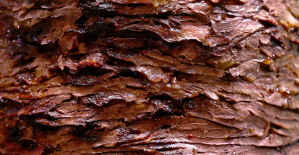 In Germany, the far left wants to cap the price of “doner kebabs”
In Germany, the far left wants to cap the price of “doner kebabs”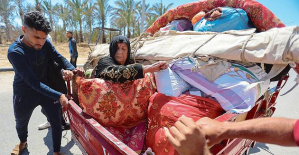 Israel-Hamas war: Gaza between hope of truce and fear of Israeli offensive in the South
Israel-Hamas war: Gaza between hope of truce and fear of Israeli offensive in the South “Mom, Dad, please don’t die”: in the United States, a nine-year-old child saves the lives of his parents injured in a tornado
“Mom, Dad, please don’t die”: in the United States, a nine-year-old child saves the lives of his parents injured in a tornado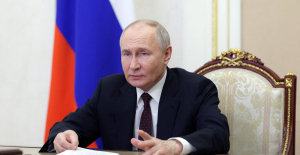 War in Ukraine: Putin orders nuclear exercises in response to Macron and “Western leaders”
War in Ukraine: Putin orders nuclear exercises in response to Macron and “Western leaders” A baby whose mother smoked during pregnancy will age more quickly
A baby whose mother smoked during pregnancy will age more quickly The euro zone economy grows in April at its best pace in almost a year but inflationary pressure increases
The euro zone economy grows in April at its best pace in almost a year but inflationary pressure increases Children born thanks to PMA do not have more cancers than others
Children born thanks to PMA do not have more cancers than others Breast cancer: less than one in two French women follow screening recommendations
Breast cancer: less than one in two French women follow screening recommendations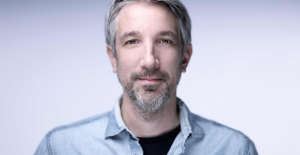 Call for strike on Sunday at Radio France against “the repression of insolence and humor” after the suspension of Guillaume Meurice
Call for strike on Sunday at Radio France against “the repression of insolence and humor” after the suspension of Guillaume Meurice Disney: profitable streaming for the first time, after 5 years of losses
Disney: profitable streaming for the first time, after 5 years of losses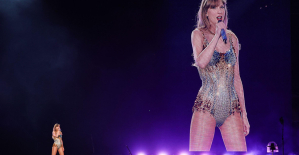 “I’m going to four concerts... I spent 1,255 euros”: for Taylor Swift, these fans ready to break the bank
“I’m going to four concerts... I spent 1,255 euros”: for Taylor Swift, these fans ready to break the bank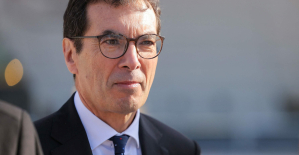 SNCF: the CEO defends the agreement on the end of career, “reasonable, balanced and useful”
SNCF: the CEO defends the agreement on the end of career, “reasonable, balanced and useful”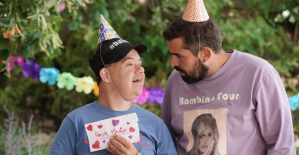 A little something extra, signed Artus, exceeds one million entries in less than a week
A little something extra, signed Artus, exceeds one million entries in less than a week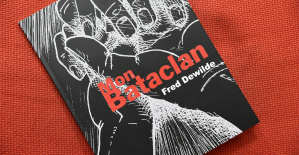 Fred Dewilde, designer and Bataclan survivor, ended his life
Fred Dewilde, designer and Bataclan survivor, ended his life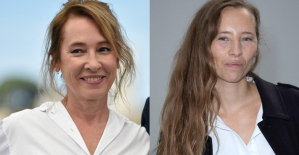 “I don’t appreciate being used as media cannon fodder”: Emmanuelle Bercot responds to Isild Le Besco
“I don’t appreciate being used as media cannon fodder”: Emmanuelle Bercot responds to Isild Le Besco Who is Deborah de Robertis, the artist who painted The Origin of the World?
Who is Deborah de Robertis, the artist who painted The Origin of the World? Omoda 7, another Chinese car that could be manufactured in Spain
Omoda 7, another Chinese car that could be manufactured in Spain BYD chooses CA Auto Bank as financial partner in Spain
BYD chooses CA Auto Bank as financial partner in Spain Tesla and Baidu sign key agreement to boost development of autonomous driving
Tesla and Baidu sign key agreement to boost development of autonomous driving Skoda Kodiaq 2024: a 'beast' plug-in hybrid SUV
Skoda Kodiaq 2024: a 'beast' plug-in hybrid SUV The home mortgage firm rises 3.8% in February and the average interest moderates to 3.33%
The home mortgage firm rises 3.8% in February and the average interest moderates to 3.33% This is how housing prices have changed in Spain in the last decade
This is how housing prices have changed in Spain in the last decade The home mortgage firm drops 10% in January and interest soars to 3.46%
The home mortgage firm drops 10% in January and interest soars to 3.46% The jewel of the Rocío de Nagüeles urbanization: a dream villa in Marbella
The jewel of the Rocío de Nagüeles urbanization: a dream villa in Marbella Europeans: David Lisnard expresses his “essential and vital” support for François-Xavier Bellamy
Europeans: David Lisnard expresses his “essential and vital” support for François-Xavier Bellamy Facing Jordan Bardella, the popularity match turns to Gabriel Attal’s advantage
Facing Jordan Bardella, the popularity match turns to Gabriel Attal’s advantage Europeans: a senior official on the National Rally list
Europeans: a senior official on the National Rally list Blockade of Sciences Po: the right denounces a “drift”, the government charges the rebels
Blockade of Sciences Po: the right denounces a “drift”, the government charges the rebels These French cities that will boycott the World Cup in Qatar
These French cities that will boycott the World Cup in Qatar Mercato: Thiago Silva returns to Brazil and signs for Fluminense
Mercato: Thiago Silva returns to Brazil and signs for Fluminense Top 14: at what time and on which channel to follow the clash at the Toulouse-Stade Français summit?
Top 14: at what time and on which channel to follow the clash at the Toulouse-Stade Français summit? Tennis: Paula Badosa, former world No.2, passes the 1st round in Rome
Tennis: Paula Badosa, former world No.2, passes the 1st round in Rome Tour of Italy: Italian Jonathan Milan wins the 4th stage, Pogacar still leader
Tour of Italy: Italian Jonathan Milan wins the 4th stage, Pogacar still leader